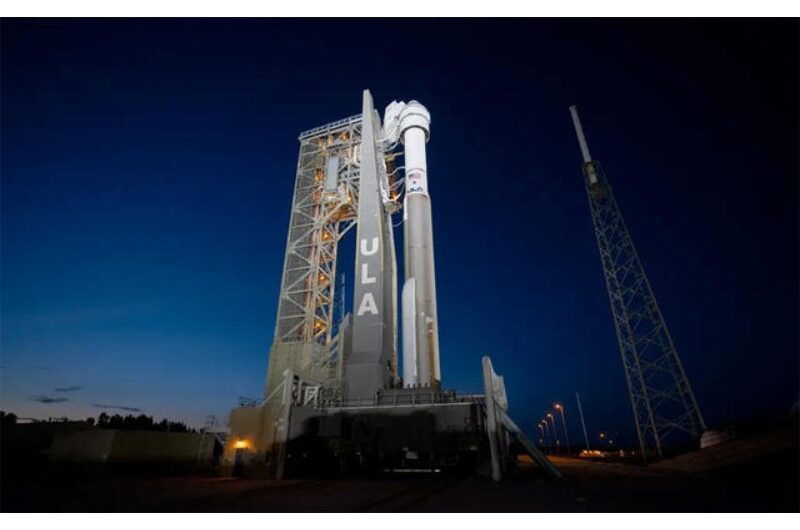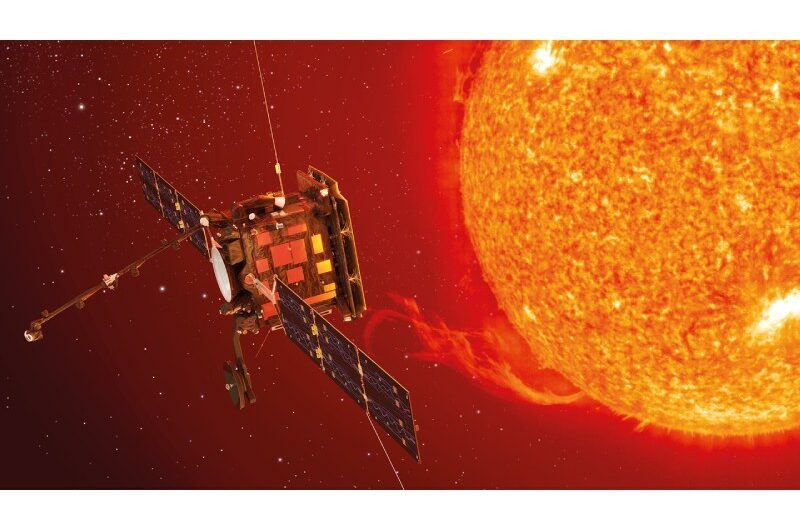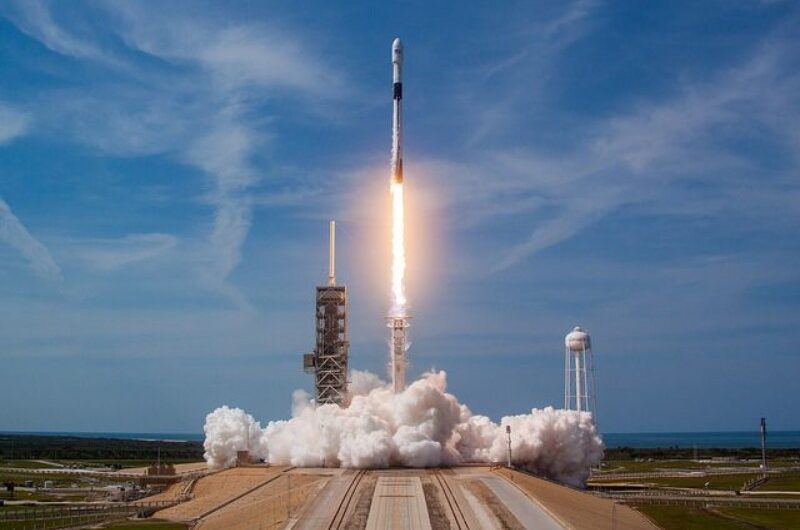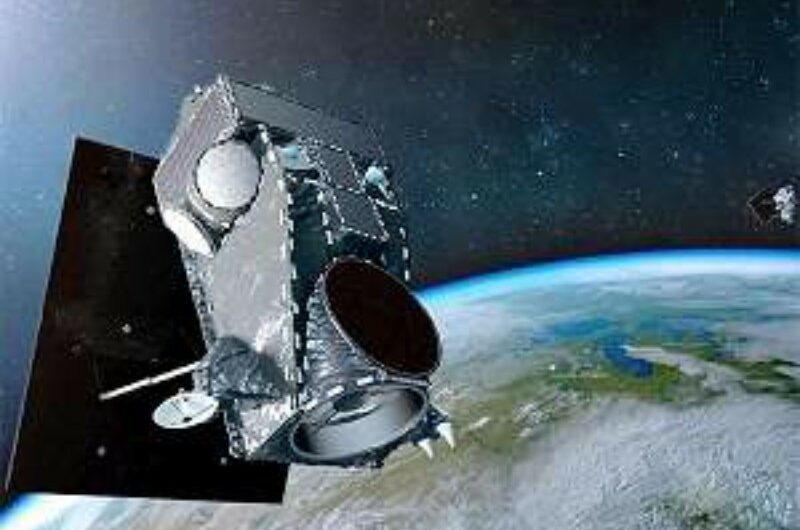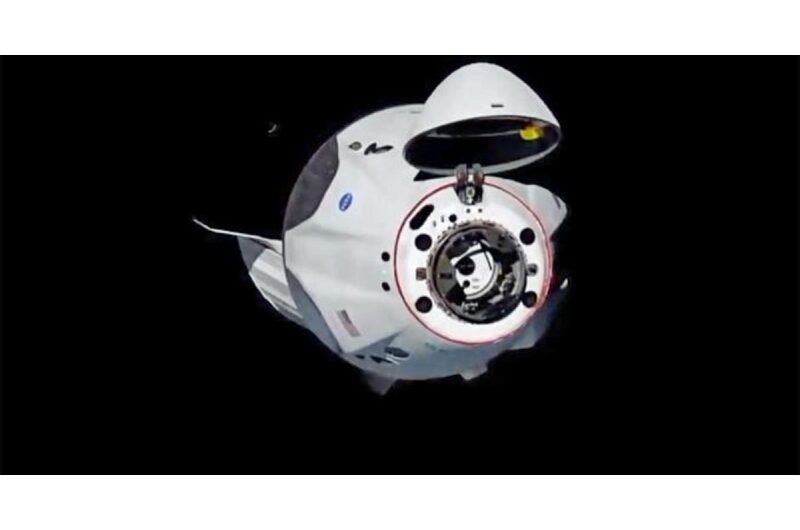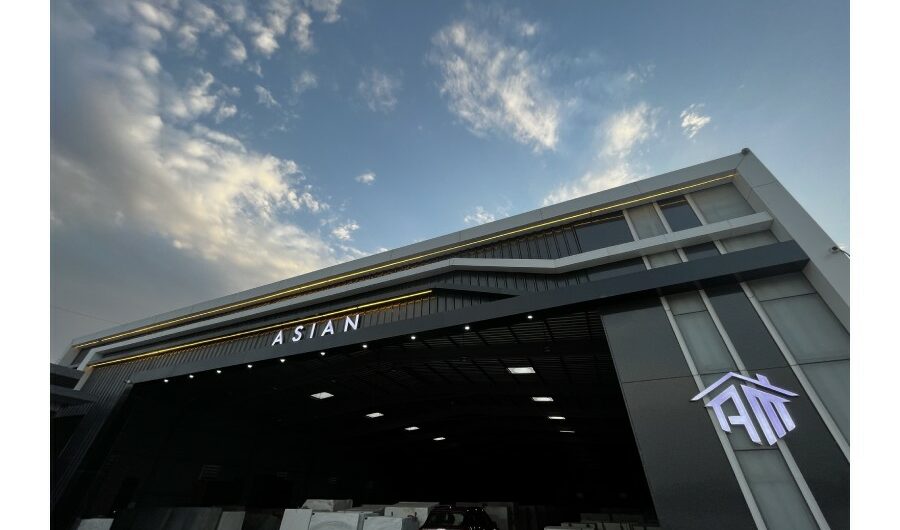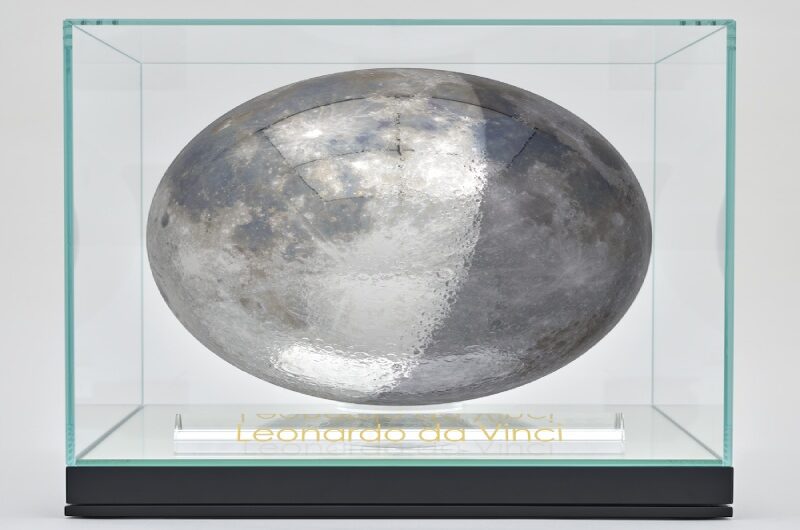Following their launch from Jiuquan spaceport in the Gobi Desert, China’s most recent crew of three astronauts arrived at the Tiangong space station on Thursday.
China’s human spaceflight agency made an announcement shortly after the Shenzhou-18 spacecraft finished its rendezvous and docking with Tiangong’s radial docking port on April 25, at 3:32 p.m. Eastern (1932 UTC).
The Shenzhou-17 crew will shortly open the hatch and welcome the Shenzhou-18 astronauts—commander Ye Guangfu and rookies Li Cong and Li Guangsu—aboard Tiangong.
Since late October 2023, the latter crew—Tang Hongbo, Tang Shengjie, and Jiang Xinlin—has been in charge of Tiangong. Early on April 30, the three are scheduled to return to Earth and pass over station operations to the arriving Shenzhou-18 crew.
On Thursday, Shenzhou-18 was launched earlier. At 8:59 a.m. Eastern (1259 UTC), the Long March 2F rocket, topped with Shenzhou-18, took off from the Jiuquan Satellite Launch Center in the Gobi Desert. After ten minutes or so, the spacecraft broke away from the upper stage.
Shenzhou-18 is China’s thirteenth mission involving human spaceflight overall and its seventh crewed mission to Tiangong. The Tianzhou-8 spacecraft will resupply the Shenzhou-18 mission in August, after it has been operating for around six months.
Throughout their mission, the crew will conduct over ninety experiments, two to three extravehicular activities, and six cargo outbound deliveries via the cargo airlock of the station.
China started construction on the three-module, T-shaped low Earth orbit outpost in 2021 after approving its space station proposal in 1992. During the 2021–2022 Shenzhou-13 mission, Commander Ye was among the first guests to arrive at the space station that was still under construction.
Tourists and Astronauts from Abroad Will Visit Tiangong
Prior to the launch, a representative from China’s human spaceflight program reaffirmed that the nation hopes to have foreign astronauts stationed aboard Tiangong. It also takes into account visitor visits.
At a pre-launch press conference in Jiuquan on April 24, Lin Xiqiang, deputy director of the China Manned Space Engineering Office (CMSEO), informed the media, “We will speed up the study on the feasibility of inviting international astronauts and tourists to the space station.”
CMSEO representatives have made similar claims in the past, but they have never offered specifics or a schedule for these kinds of initiatives.
“It is highly likely that astronauts from diverse backgrounds will have access to China’s space station in the near future,” Lin stated.
In the upcoming years, China is gearing up to extend Tiangong. A multipurpose extension module with six docking ports will be sent to the orbital outpost as the initial action. Increased opportunities for foreign travel, tourism, and business could result from this development without interfering with essential activities.
On April 24, Lin said, the process of choosing the nation’s fourth class of astronauts would shortly come to an end. These will participate in space missions alongside the astronauts who are currently serving. Lin speculates that they might be part of China’s upcoming crewed moon landing effort.
Lin gave a status report on the development of those lunar programs. Before the decade is out, China wants to send astronauts to the moon.
“The program development for major flight products, including the Long March 10 rocket, the Mengzhou crew spacecraft, the lunar lander Lanyue and the lunar landing suits, are all complete. Their prototype production and tests are in full swing,” Lin said.
Topics #Shenzhou-18 #Tiangong Space Station
